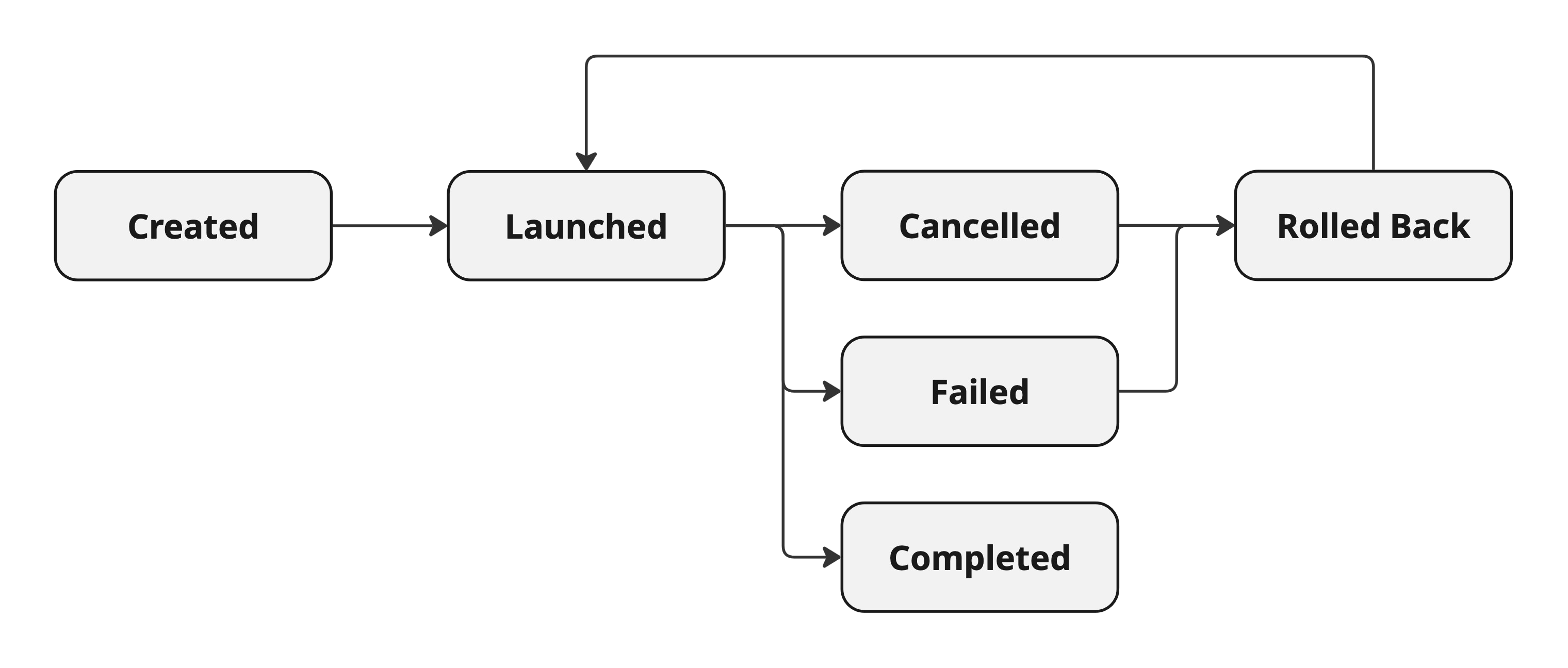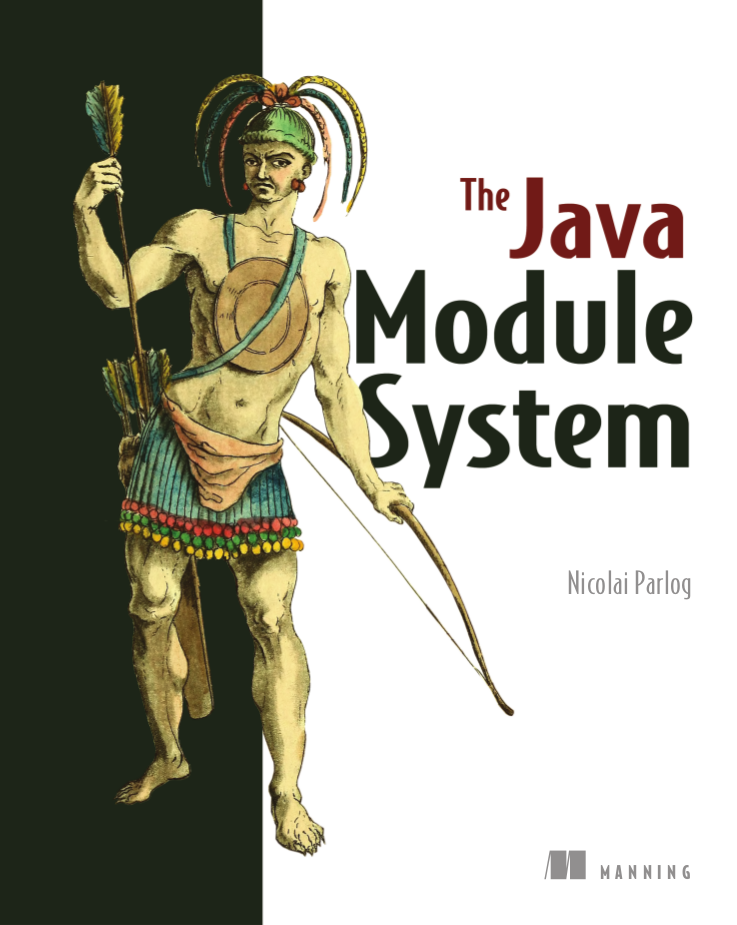var threads = Executors
.newVirtualThreadPerTaskExecutor()
var subtaskA = threads.submit(this::taskA);
var subtaskB = threads.submit(this::taskB);
var result = subtaskA.get() + subtaskB.get();Structured Concurrency
in Action
Before we get started
slides at slides.nipafx.dev/scia
(hit "?" to get navigation help)code: github.com/nipafx/scia
ask questions at any time
Before we get started
Structured concurrency is a preview API in Java 25.
If you get the chance:
try it out (ideally in a production code base)
give feedback to the loom-dev mailing list
JDK 25: jdk.java.net/25
Structured Concurrency in Action
| API Overview |
| Cancellation |
| Backpressure |
| Building Blocks |
Virtual thread potential
Virtual threads are cheap and plentiful:
no pooling necessary
allow thread per task
allow liberal creation
of threads for subtasks
⇝ Enable new concurrency programming model.
A first step
Whenever you need concurrent subtasks,
spawn virtual threads for each:
But we can do (much) better!
Structured programming
Emerged when the sea of statements and GOTOs
became unmaintainable:
prescribes control structures
prescribes single entry point
and clearly defined exit pointsinfluenced languages and runtimes
The stricter approach made code (much) clearer!
Unstructured concurrency
var threads = Executors
.newVirtualThreadPerTaskExecutor()
// what's the relationship between
// this and the two spawned threads?
// what happens when one of them fails?
var subtaskA = threads.submit(this::taskA);
var subtaskB = threads.submit(this::taskB);
// what if we only need the faster one?
var result = subtaskA.get() + subtaskB.get();Structured concurrency
When the flow of execution splits
into multiple concurrent flows,
they rejoin in the same code block.
Term coined/refined by:
Martin Sustrik in Structured Concurrency
Nathaniel J. Smith in Notes on structured concurrency […]
Structured concurrency
Thread lifecycle is simple:
starts when task begins
ends on completion
⇝ Enables parent-child/sibling relationships
and logical grouping of threads.
In action
To put the API into action, we will perform tasks,
that are represented by our (!) class Task.
Methods:
public void run(Behavior) throws IOException:changes state
public String compute(Behavior) throws IOException:changes state
returns result
public void rollBack(): resets state
Behavior can be Run, Fail, etc.
Task states
States and transitions of our tasks:

Code
Code, code, code, code
Structured Concurrency in Action
| API Overview |
| Cancellation |
| Backpressure |
| Building Blocks |
Blocking methods
Two kinds of methods:
most depend on local resources
some depend on an external event ⇝ blocking
External events may never happen,
so blocking methods should be cancelable.
Interruption
Interruption is that cancellation mechanism:
on the level of threads
cooperative
interrupted method determines
how to handle interruption
Interruption API
Interrupted status is represented by a boolean flag.
Methods on Thread:
⚡️
interrupt()interrupts the thread🔍
isInterrupted()queries the flag⚠️
interrupted()queries and clears the flag
Also: InterruptedException.
InterruptedException
Thrown by well-behaved blocking methods.
(JDK methods reset interrupted status.)
When catching InterruptedException:
clean up (quickly)
cede computation
if possible, rethrow
otherwise, reinterrupt thread
(withinterrupt())
Cancellation
StructuredTaskScope supports cancellation:
joiners can cancel a scope (e.g. on subtask failure)
a canceled scope interrupts child threads
This allows structured cancellation.
But requires proper handling of interrupts!
Code
Code, code, code, code
Structured Concurrency in Action
| API Overview |
| Cancellation |
| Backpressure |
| Building Blocks |
Caveat
As we enter the reactive section, note:
I’m far from an expert in reactive programming.
Take what I say with a grain of salt. 🧂
If I make a mistake, let me know.
Backpressure
In situations where work items are produced faster
than they can be consumed, backpressure prevents
the consumer from getting overwhelmed.
Three kinds of situations:
between operations
between threads
between processes
Between Operations
If producer and consumer are consecutive blocking statements,
overwhelming is impossible and backpressure automatic, e.g.:
var item = produce();
consume(item);(This is not true if consume is asynchronous.)
Between Threads
If producer and consumer run in separate threads,
concurrent data structures can provide backpressure, e.g.:
var queue = new ArrayBlockingQueue<T>();
// producer thread
var item = produce();
queue.put(item);
// consumer thread
var item = queue.take();
consume(item);(More on queues in a minute.)
Between Processes
If producer and consumer are separate processes,
backpressure is implemented on the protocol level.
Concurrent data structures can be used on intake, e.g.:
service accepts new connections in a loop
uses semaphore to limit accepted connections
producer will notice connection requests timing out
Backpressure Strategies
Buffering is common - variants:
when buffer full, block producer
when buffer full, signal to producer
when buffer full, drop items
Consumer may be more performant
if items are windowed/batched.
⇝ Queues do this well!
Code
Code, code, code, code
Structured Concurrency in Action
| API Overview |
| Cancellation |
| Backpressure |
| Building Blocks |
Caveat
I haven’t learned much since the last caveat. 🧂🧂
Reactive Streams
Typical properties:
non-blocking (asynchronous)
event-based
backpressure strategies
streaming API
many reusable operators
Virtual threads with blocking data structures
can replace much of that.
Reusable Operators
Reactive APIs come with many reusable operators.
some map to language constructs
some map to data structures
some are avilable in other libraries
some may need to be (re)implemented
Code
Code, code, code, code
So long…
More
Slides at slides.nipafx.dev⇜ Get my book!
Follow Nicolai
nipafx.dev/nipafx
Follow Java
inside.java // dev.java/java // /openjdk



